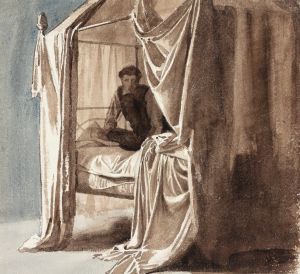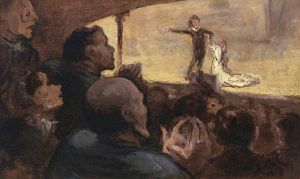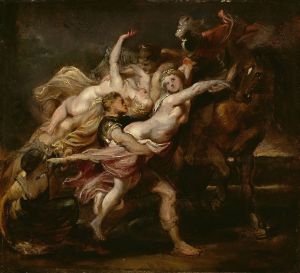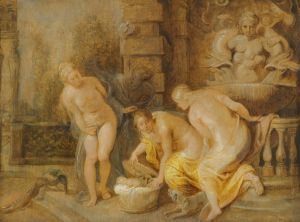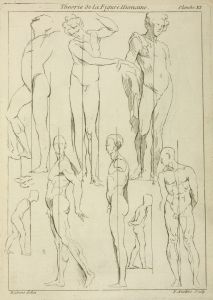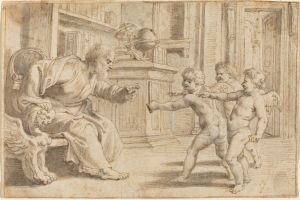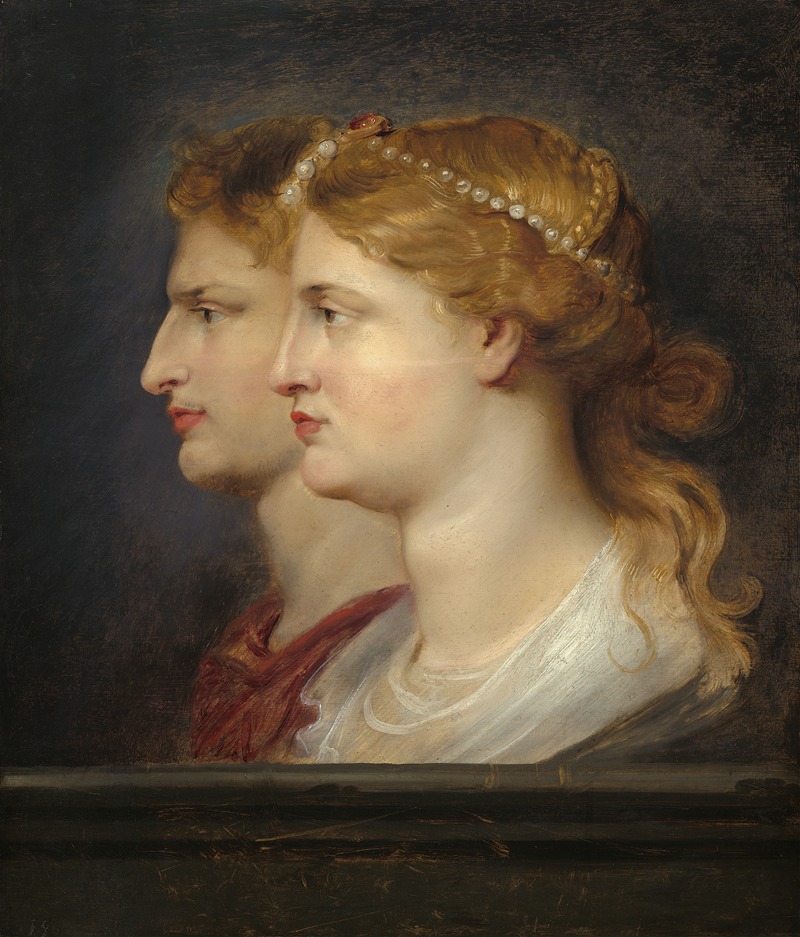
Agrippina and Germanicus
A hand-painted replica of Peter Paul Rubens’s masterpiece Agrippina and Germanicus, meticulously crafted by professional artists to capture the true essence of the original. Each piece is created with museum-quality canvas and rare mineral pigments, carefully painted by experienced artists with delicate brushstrokes and rich, layered colors to perfectly recreate the texture of the original artwork. Unlike machine-printed reproductions, this hand-painted version brings the painting to life, infused with the artist’s emotions and skill in every stroke. Whether for personal collection or home decoration, it instantly elevates the artistic atmosphere of any space.
"Agrippina and Germanicus" is a painting by the renowned Flemish Baroque artist Peter Paul Rubens. Created around 1614, this work is a testament to Rubens' mastery in depicting historical and mythological subjects with dramatic intensity and emotional depth. The painting portrays a poignant moment from Roman history, focusing on the figures of Agrippina the Elder and her husband, Germanicus.
Germanicus Julius Caesar was a prominent Roman general and a member of the Julio-Claudian dynasty. He was celebrated for his military successes and was considered a potential successor to the Roman Emperor Tiberius. Agrippina the Elder, his wife, was known for her strong character and loyalty to her husband. She was the granddaughter of Augustus, the first Roman Emperor, and the mother of the future Emperor Caligula.
The painting captures the moment when Agrippina receives the ashes of her deceased husband, Germanicus, who died under suspicious circumstances in 19 AD. Germanicus' death was widely believed to have been orchestrated by political rivals, possibly even by Emperor Tiberius himself. This event was a significant and tragic moment in Roman history, symbolizing the political intrigue and familial loyalty that characterized the Julio-Claudian dynasty.
Rubens' depiction of this scene is marked by its emotional intensity and dramatic use of light and shadow. Agrippina is shown in a state of profound grief, her face a study in sorrow and determination. She holds the urn containing Germanicus' ashes, a symbol of her mourning and her resolve to seek justice for her husband's death. The background of the painting is dark and somber, emphasizing the gravity of the moment and the emotional weight carried by Agrippina.
The composition of "Agrippina and Germanicus" reflects Rubens' deep understanding of human emotion and his ability to convey complex narratives through his art. The figures are rendered with a sense of realism and vitality, characteristic of Rubens' style. The use of rich, warm colors and dynamic brushwork adds to the overall impact of the painting, drawing the viewer into the historical drama being depicted.
Rubens' work often drew on classical themes and historical events, and "Agrippina and Germanicus" is no exception. The painting not only showcases his technical skill but also his ability to engage with historical subjects in a way that resonates with contemporary audiences. Through this work, Rubens invites viewers to reflect on themes of loyalty, loss, and the enduring human spirit in the face of adversity.
Today, "Agrippina and Germanicus" is recognized as an important example of Rubens' historical paintings. It continues to be admired for its emotional depth, technical excellence, and the powerful way it brings a moment from ancient history to life. The painting is housed in the Louvre Museum in Paris, where it remains a significant piece in the collection of one of the world's most prestigious art institutions.








